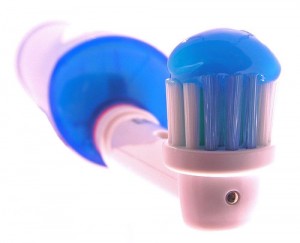During the weeks leading up to my 40th birthday, I had a bit of a freak-out. It was the first year that I was really bothered by the idea of getting older. I has this sense of life having passed me by, and I started to regret wasted time, lost opportunities and mis-spent youth.
As it happened, turning 40 worked out really well for me. A few days after my birthday that year, I officially became a Canadian citizen. Approximately five minutes later, my now-husband got down on one knee and proposed to me, right there in front of the citizenship judge and about 100 fellow new Canadians. I went on to have one of the best years of my life – albeit one fraught with the stress of wedding planning.
With all of that excitement behind me, I am now at an age where my birthdays aren’t really a big deal. All they do, along with the increasing number of grey hairs on my head, is remind me that I’m getting older. So I am quite happy to give my birthday away to someone who can make the most of it.
This Saturday, that’s exactly what I’ll be doing.
My younger son James was born on Christmas Day, and in some ways that’s a bit of a rough deal, and we have to work very hard to make sure his birthday gets the recognition it deserves. We have his birthday parties a couple of weeks before Christmas, before everyone is sick to teeth of going to parties. This Saturday happened to be the best day for it this year, and by happy coincidence, that happens to be my birthday.
Someone asked me if I didn’t mind giving up my birthday to host a children’s party. My answer is that although I’m giving away my birthday, I am celebrating it in the best way possible, giving my boy the birthday party he deserves.
I cannot wait. It’s going to be the best birthday ever.
(Photo credit: Gerard Doyle)


















